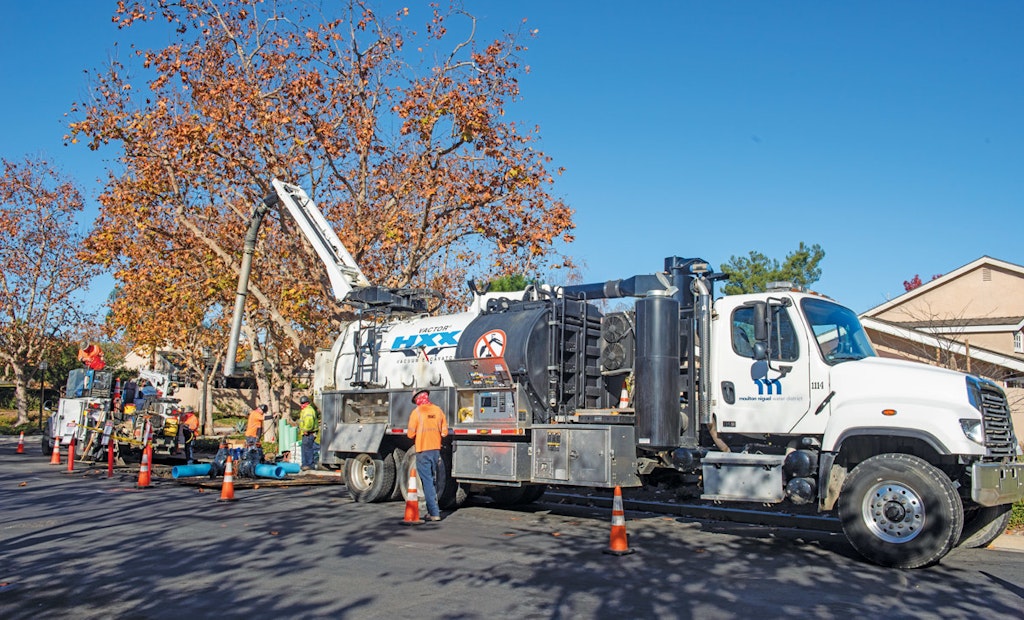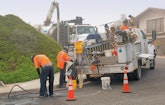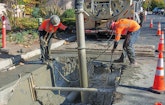
The red valve crew with Moulton Niguel Water District works on a water valve replacement project in Laguna Niguel, California. (Photography by Doug Gifford)
With intricate links to distant primary sources of potable water and the ever-present threat of drought, the Moulton Niguel Water District takes a proactive, data-driven approach to both conserving water and ensuring reliable water service for its 170,000 customers in Orange...









